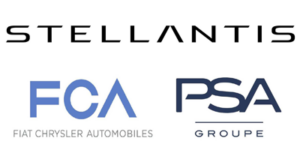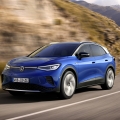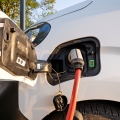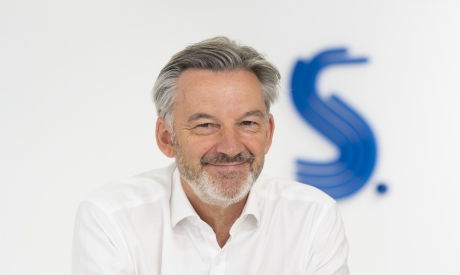
PSA Group and Fiat Chrysler Automobiles (FCA) have revealed that their plans for a merger have been approved by shareholders by an overwhelming majority – with more than 99% of the votes cast in favor of the transaction.
The resulting business, named Stellantis, is set to be the world’s fourth largest car maker, with combined revenues of £144 billion. By combining the efforts of two OEMs, Stellantis aims to sell more than 8.7 million vehicles each year and benefit from cost savings of £3.2 billion. There are currently no plans to close any plants.
Following the mutual agreement for a 50:50 merger, FCA and Groupe PSA expect to complete the combination on 16 January, 2021.
The merger is expected to bring together both manufacturer’s capabilities in key technologies such as electrified powertrains, autonomous driving and digital connectivity.

Carlos Tavares (pictured above), the current chief executive officer of Groupe PSA, is set to take up the role of chief executive officer of the new venture for an initial term of five years, and he is also set to be a member of the board.
The board will be composed of 11 members: five from FCA and six from Group PSA (including Tavares). Furthermore, John Elkann, the current chairman of FCA’s board, will also become the chairman of Stellantis’ board.
Tavares said: “Our merger is a huge opportunity to take a stronger position in the auto industry as we seek to master the transition to a world of clean, safe and sustainable mobility and to provide our customers with world-class products, technology and services.”
What about the captives?
Provided that the merger goes ahead, a question remains over what will happen to the two groups’ captive finance providers – FCA Bank and Banque PSA Finance? In order to assess this, it is helpful to gain an idea of the size of each captive.
FCA currently offers its motor finance solutions through a variety of brands including Fiat, Alfa Romeo, Lancia, Abart, Jeep, Fiat Professional, Chrysler, Maserati, Ferrari, Jaguar, Land Rover, Erwin Hymer Group, Ram, Dodge, Aston Martin, Morgan, Harley Davidson, Lotus and Groupe Pilote.
In comparison, Banque PSA Finance currently owns Peugeot, Citroën, DS, Opel and Vauxhall.
Currently employing just under 2,500 people across 18 countries worldwide, FCA Bank’s operating income during H1 2020 stood at €314 million. In comparison, Banque PSA Finance currently employs some 3,500 people across 17 countries and achieved a consolidated net income of €159 million in the period, down by 20.1% from H1 2019’s €199 million.
The economics of size
In its H1 2020 accounts, FCA Bank revealed that it had made a net profit of €225 million whereas Banque PSA Finance failed to reveal its net profit.
For FCA Bank, new retail, leasing, and rental volumes were €4.7 billion, with 1.7 million retail financing and rental active contracts, although these figures are boosted by including the rental contracts during the period.
Furthermore, auto loans accounted for 68% of FCA Bank’s retail finance volumes, leasing accounted for 22% and PCP accounted for 10%.
For Banque PSA Finance, at the end of H1 2020 it had financed 33.7% of new PSA vehicles sold in Europe, which totaled 287,957 vehicles. This compares to a global penetration figure of 32.8%, equalling 303,227 vehicles. The company also revealed that it had financed 405,000 vehicles during the period, with 710,000 insurance and services contracts sold. This consisted of 303,227 new vehicles and 101,023 used vehicle finance contracts.
It is likely to be too big a job to amalgamate FCA Bank and Banque PSA Finance due to the size and number of customers each captive has, as displayed above. Stellantis is likely to keep the two finance companies separate from each other but share aspects like credit searches and risk evaluations between them. This would achieve lower operating costs on third party services and avoid the stress of combining the two captives.
The overall merger can likely be attributed to the economics of running such large corporate groups. For example, by merging the two groups, they will be able to pool their electrification strategies and funds, thereby reducing operating expenses further and making it easier for them to meet the ever-increasing expectations of the regulators.s







